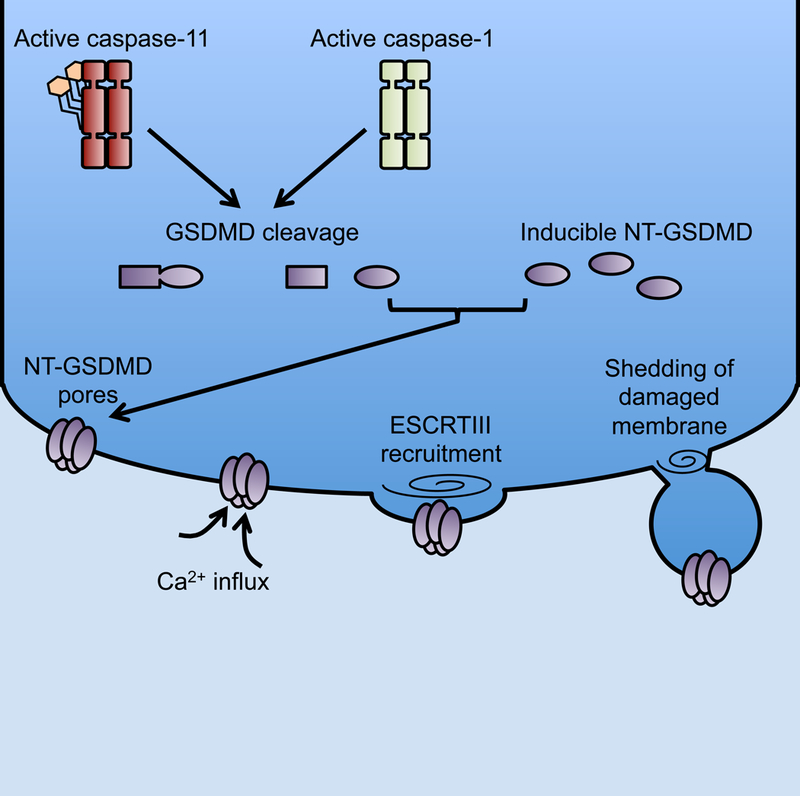Figure 1: GSDMD pores activate ESCRT-III dependent membrane repair.

Active inflammatory caspases cleave GSDMD into N and C terminal fragments. The N terminal fragment (NT-GSDMD) binds the inner leaflet of the plasma membrane and oligomerizes into a large pore. NT-GSDMD expression allows for the flux of calcium (Ca2+) ions likely from the hypercalcemic extracellular space into the hypocalcemic cytosol. Ca2+ flux serves as a signal to recruit ESCRT-III machinery to the site of membrane damage. ESCRT-III filament oligomerization allows for shedding of damaged membrane through bleb formation.
